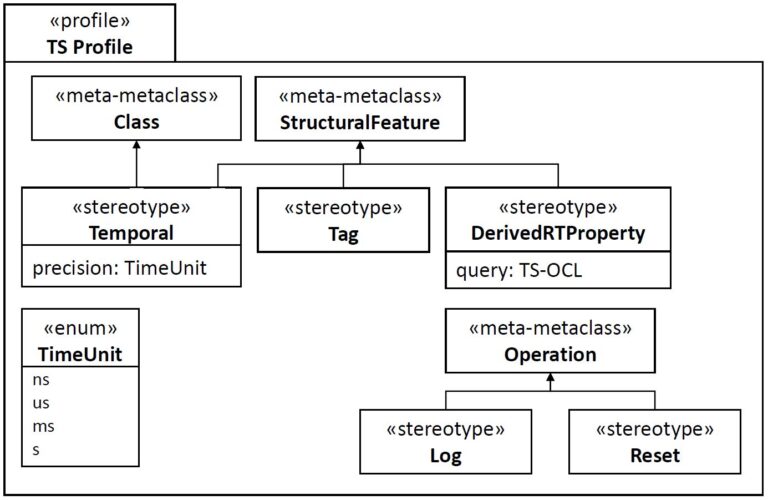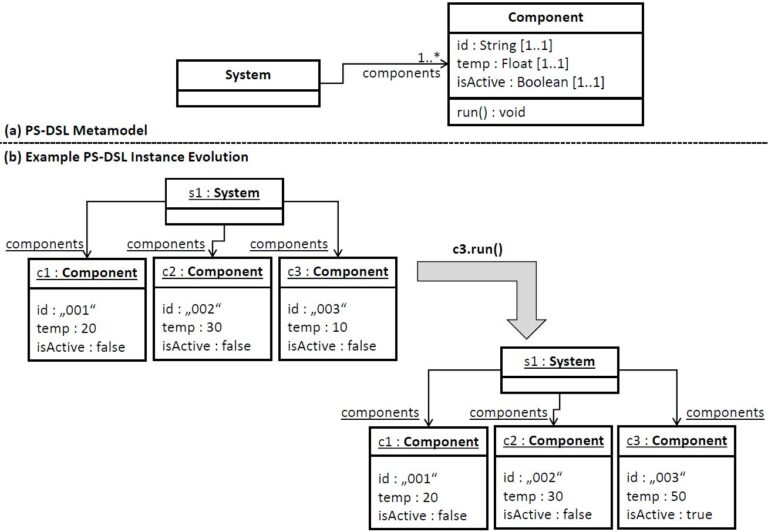We provide on this page the different artefacts which have been used and created when performing the case study concerning our JoT submission.
Abstract
With the emergence of Cyber-Physical Systems (CPS), more and more sophisticated runtime monitoring solutions have been proposed in order to deal with extensive execution logs. One promising development in this respect is the integration of time series databases which allow to store massive amounts of historical data as well as to provide fast query capabilities to reason about runtime properties of CPS.
In this paper, we discuss how conceptual modeling can benefit from time series databases and vice versa. In particular, we present how metamodels and their instances, i.e., models, can be partially mapped to time series databases. Thus, the traceability between design and simulation/runtime activities can be ensured by retrieving and accessing runtime information, i.e., time series data, in design models. On this basis, the contribution of this paper is three-fold. First, a dedicated profile for annotating design models for time series databases is presented. Second, a mapping for integrating the metamodeling framework EMF with InfluxDB is introduced as a technology backbone enabling two distinct mapping strategies for model information. Third, we demonstrate how continuous time series queries can be combined with the Object Constraint Language (OCL) for navigation through the models, now enriched with derived runtime properties. Finally, we also present an initial evaluation of the different mapping strategies with respect to data storage and query performance.
TS Profile

Case Study Description
For demonstration purpose, we developed a running example of a small system containing different components based on the PS-DSL metamodel.

Downloads
- Eclipse project – Metamodel TSDB
- Eclipse project – Evaluation Single Property Mapping
- Eclipse project – Evaluation Complete Object Mapping
- Evaluation results
Running the Case Study
For running the case study, we recommend to use the Eclipse Modeling Edition. In the following we provide information on how to download, run and setup the Eclipse bundle for elaborating the case study. In addition, the time-series database InfluxDB is needed.
Download Eclipse
First you have to download the Eclipse Modeling Tools for your operating system and architecture. Once the download is finished, unzip the downloaded archive to any location you prefer. Please note, however, that the location should be writable without additional user permissions so that Eclipse may autonomously install updates and additional plug-ins.
Run Eclipse
The prerequisite for running Eclipse is a current version of the Java Runtime Environment. Eclipse itself does not have to be “installed” per se. You may directly start Eclipse by running eclipse (.exe in case you use Windows). Select a workspace location according to your personal preferences.
Influx DB
Download the InfluxDB (Version 1.18) from InfluxData and start the server before you run the case study projects.
